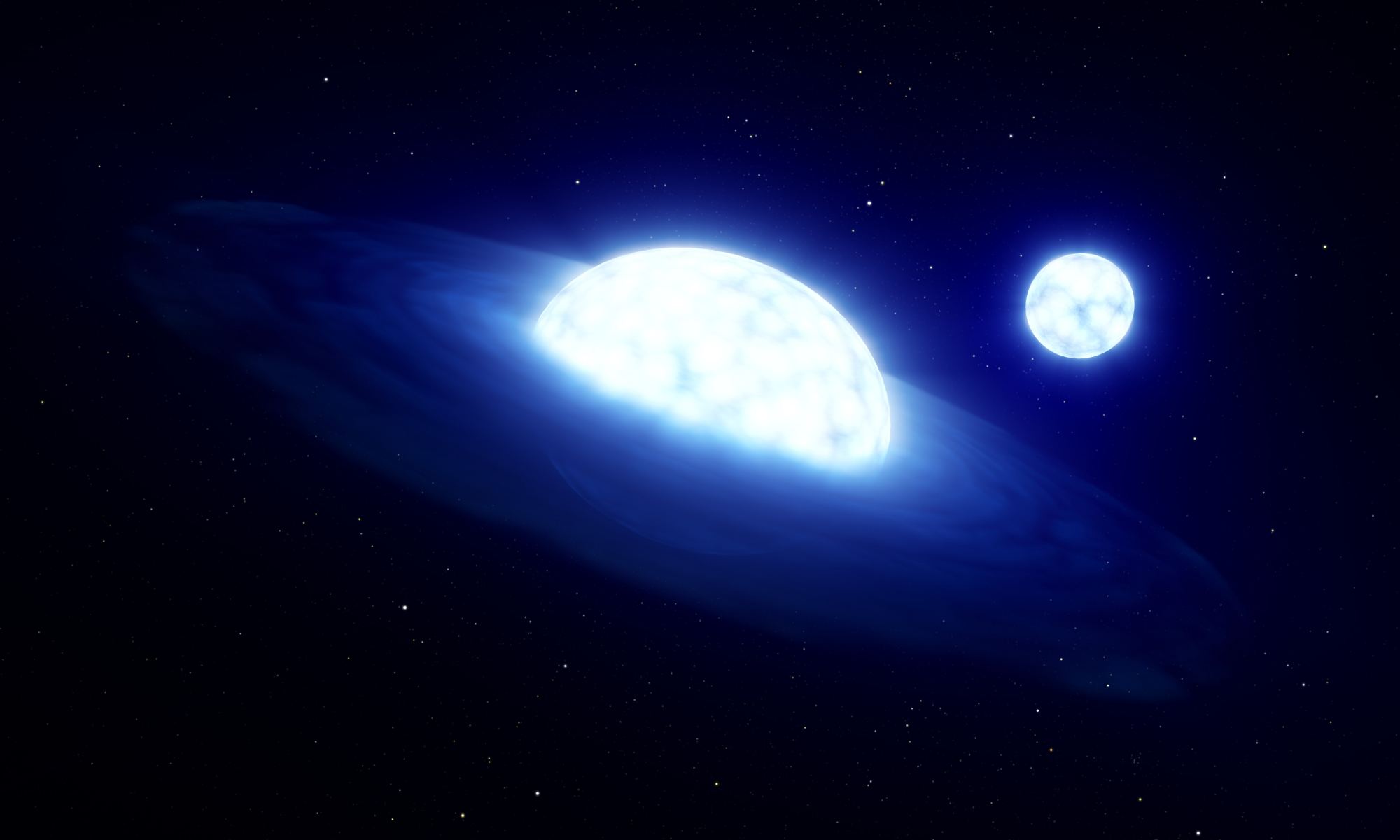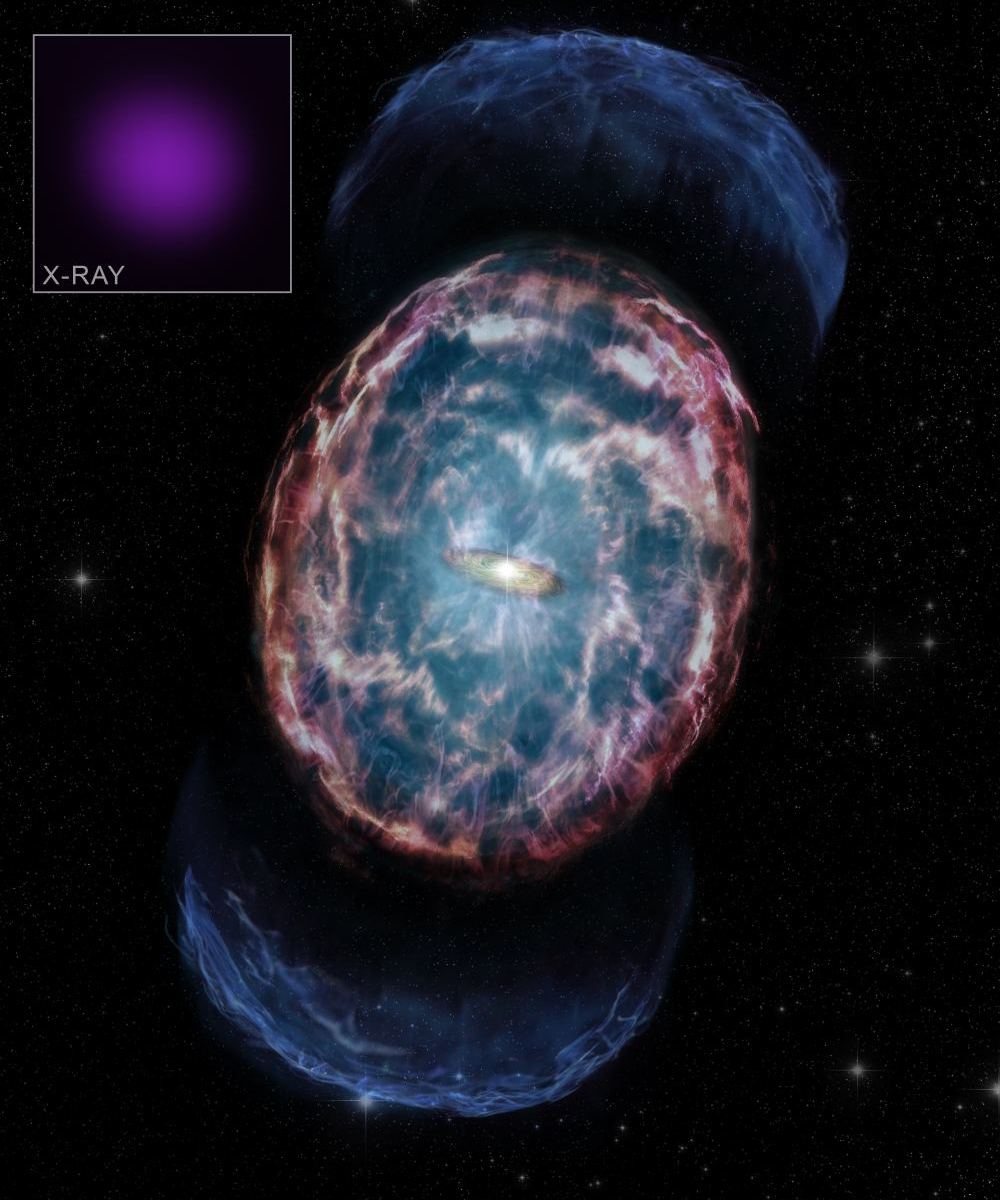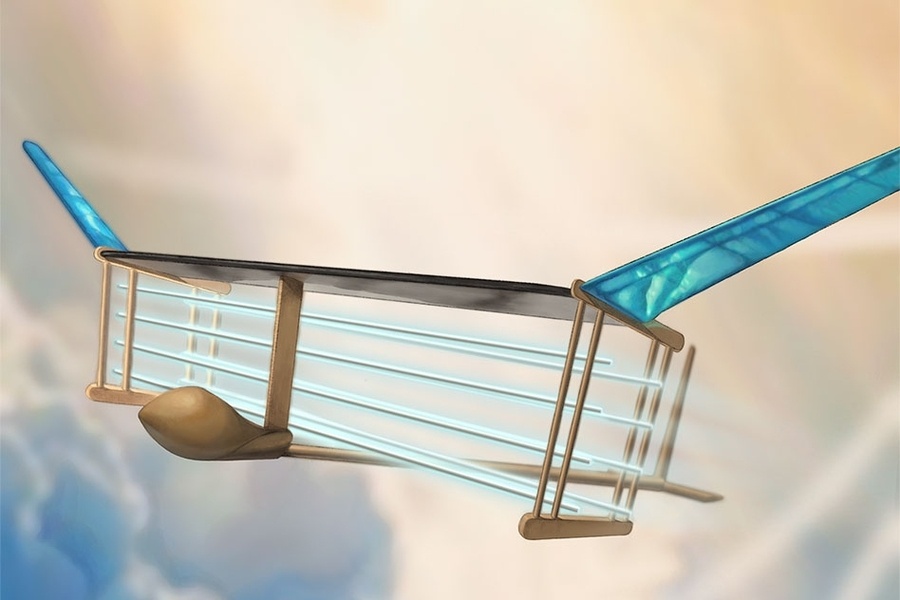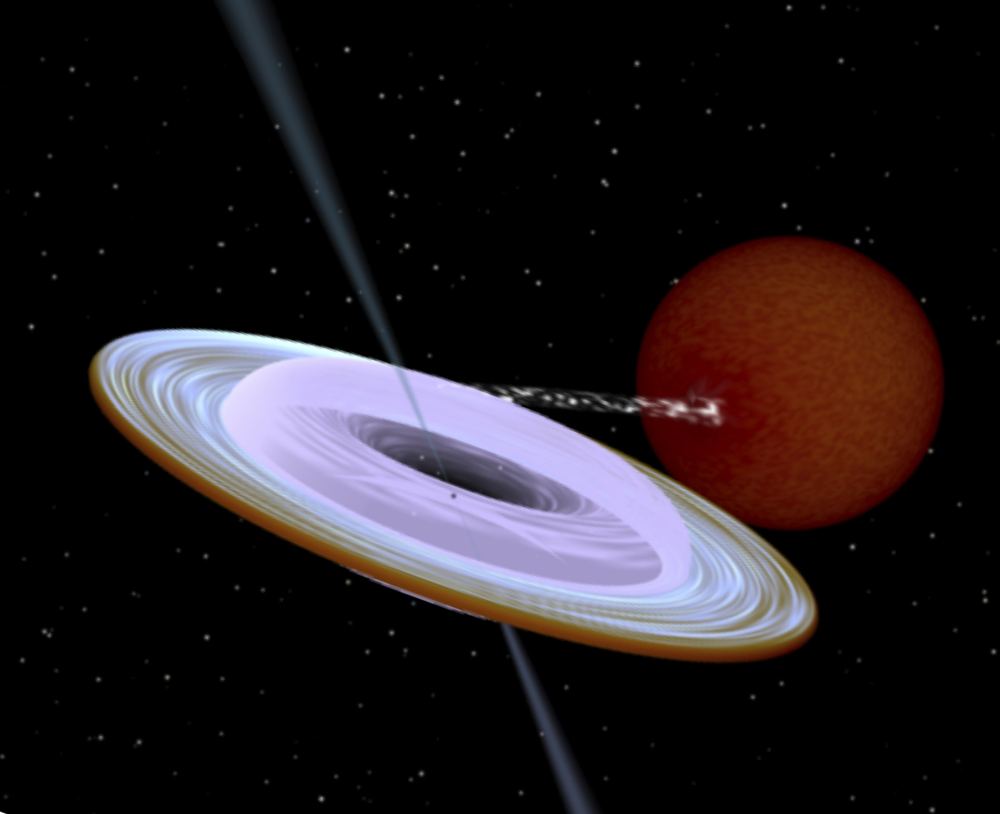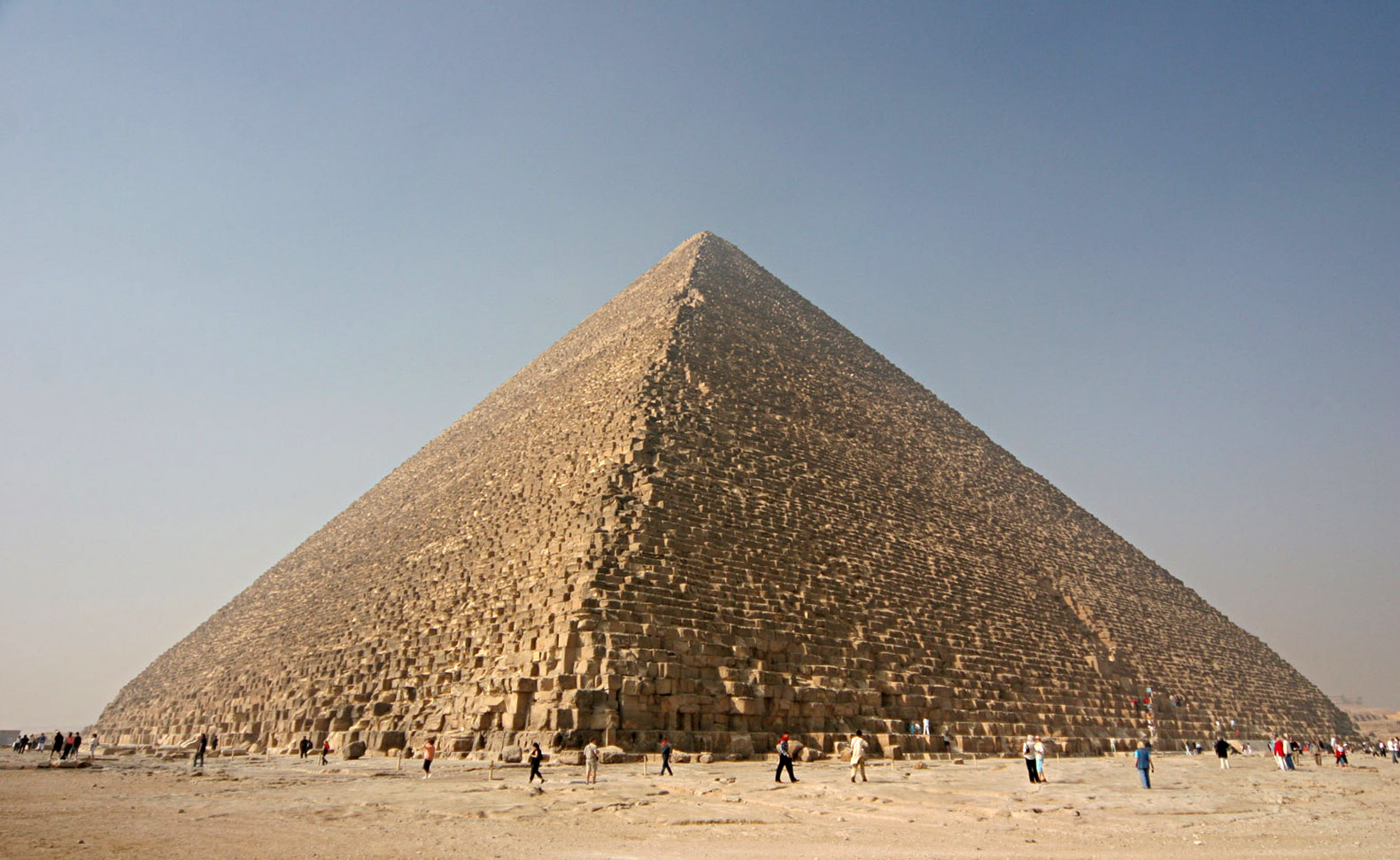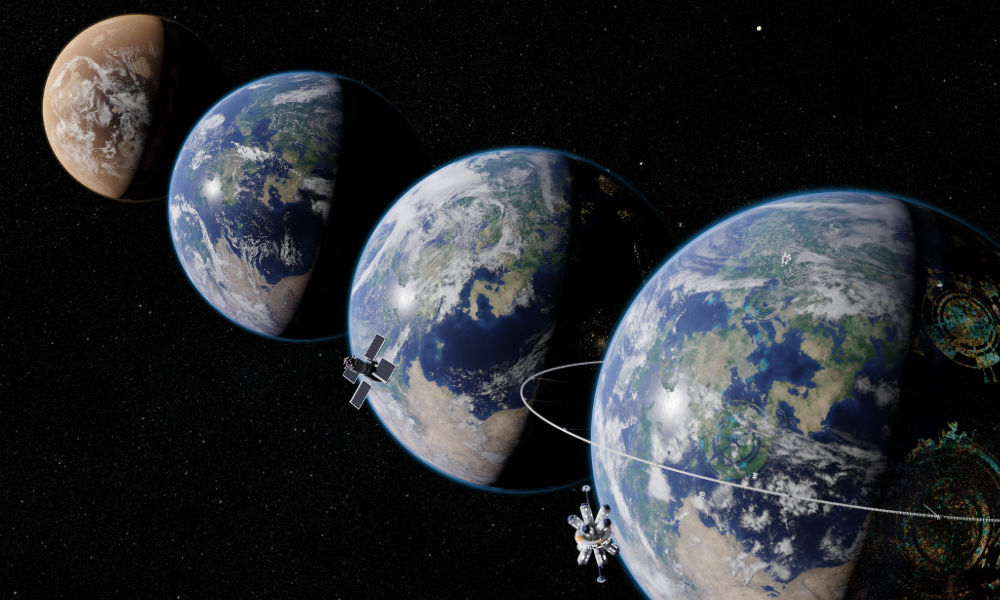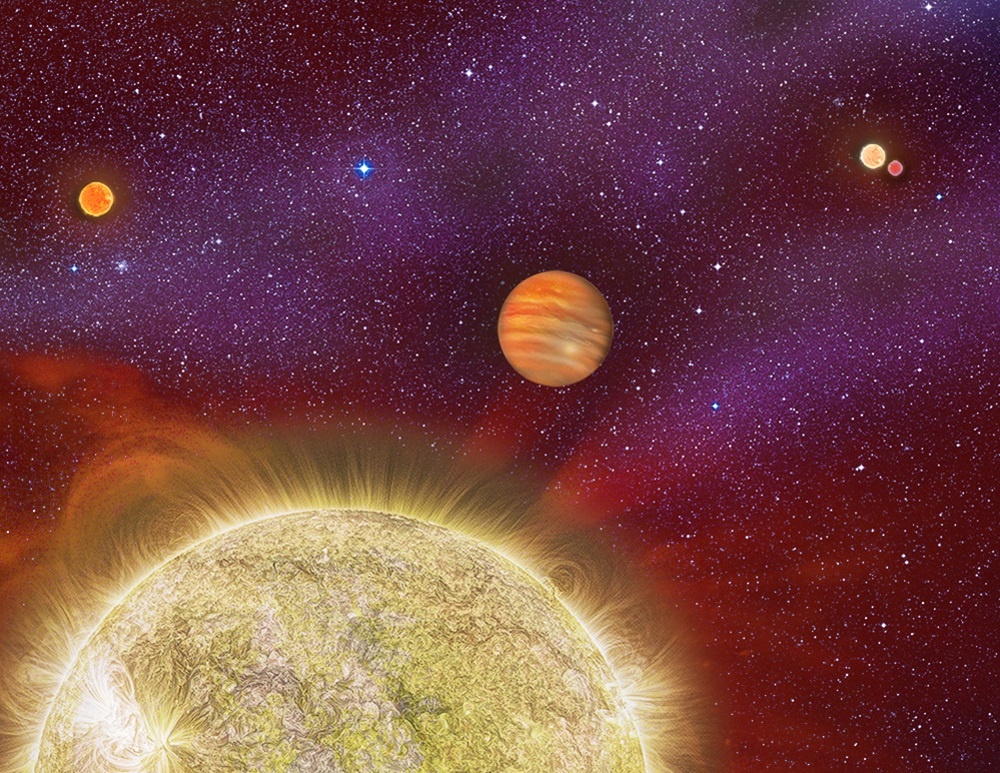One thousand light-years away is pretty close for a black hole. When researchers discovered a black hole at that distance in 2019, it caught the attention of other astronomers and other interested people. It was the first black hole-hosting stellar system to be seen with the naked eye.
But new research shows that it isn’t there.
Continue reading “It Turns out, the “Closest Black Hole” System Doesn’t Contain a Black Hole At All”
